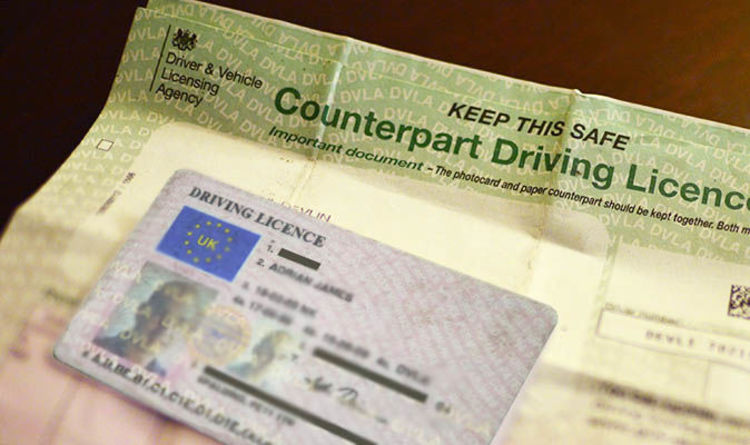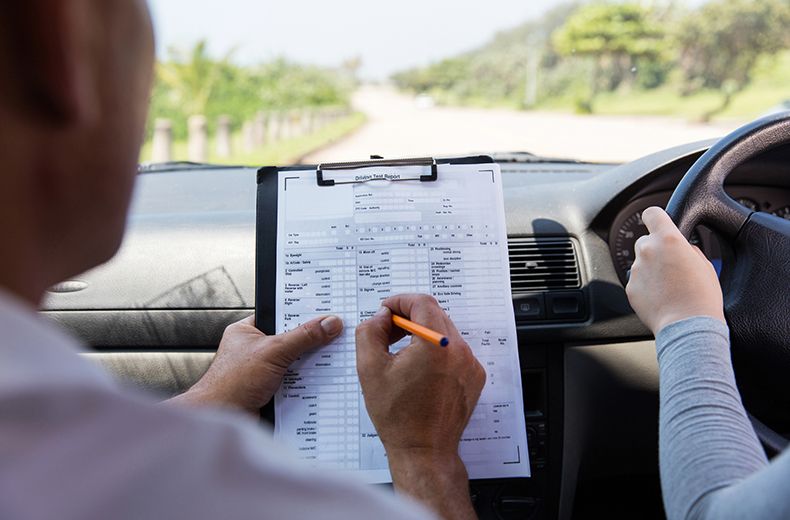Learning to drive UK Vs Canada

There are many differences between driving in the UK and Canada. In the UK, you drive on the left side of the road, while in Canada, you drive on the right. The UK also has a much denser population, so there are more cars on the road. The speed limit in the UK is also lower than in Canada.
The UK
In the United Kingdom, learning to drive is a process that typically takes several months to complete. For many people, it begins with taking a series of driving lessons from a professional driving instructor.
These lessons typically cover the basic skills needed to operate a vehicle, such as starting and stopping, turning, and changing gears. Once the student feels comfortable with these basic skills, they will usually take a driving test, which, if passed, will give them a provisional license.
With a provisional license, the new driver is allowed to practice driving on public roads but must always be accompanied by a licensed driver. After a period of time, usually at least six months, the driver may take another test, called the practical test, which, if passed, will give them a full license. The driver’s test in the UK is called the Driver Knowledge Test.
The test remains the same for Great Britain and Northern Ireland, unlike in Canada, where tests are different in each state.
The process of learning to drive can be both exciting and nerve-wracking, but ultimately it is a rewarding experience that gives the student a new sense of freedom and independence.
Canada
Canada is a great place to learn to drive because the roads are well-maintained, and the drivers are generally courteous and respectful.
The process of learning to drive in Canada is pretty straightforward. First, you need to get a learner's permit, which you can do by passing a written test at your local driving school. Once you have your permit, you can start taking driving lessons with a professional instructor.
In the case of Ontario, individuals shall go through the g1 test Ontario. You will only get your g1 license if you pass this test with 80% correct answers.
Once you feel confident behind the wheel, you can take your driving test, and if you pass, you will be issued a full driver's license. In most provinces, you will need to maintain a clean driving record for a certain period of time before you can upgrade to a higher class of license.
Overall, learning to drive in Canada is a relatively easy and enjoyable experience. The key is to find a good driving instructor who can help you feel comfortable behind the wheel and give you the skills you need to be a safe and responsible driver.
No matter where you learn to drive, the one thing which does not change is the fact that you are learning to operate a vehicle. The road rules may change, but the vehicles are the same in both countries.


